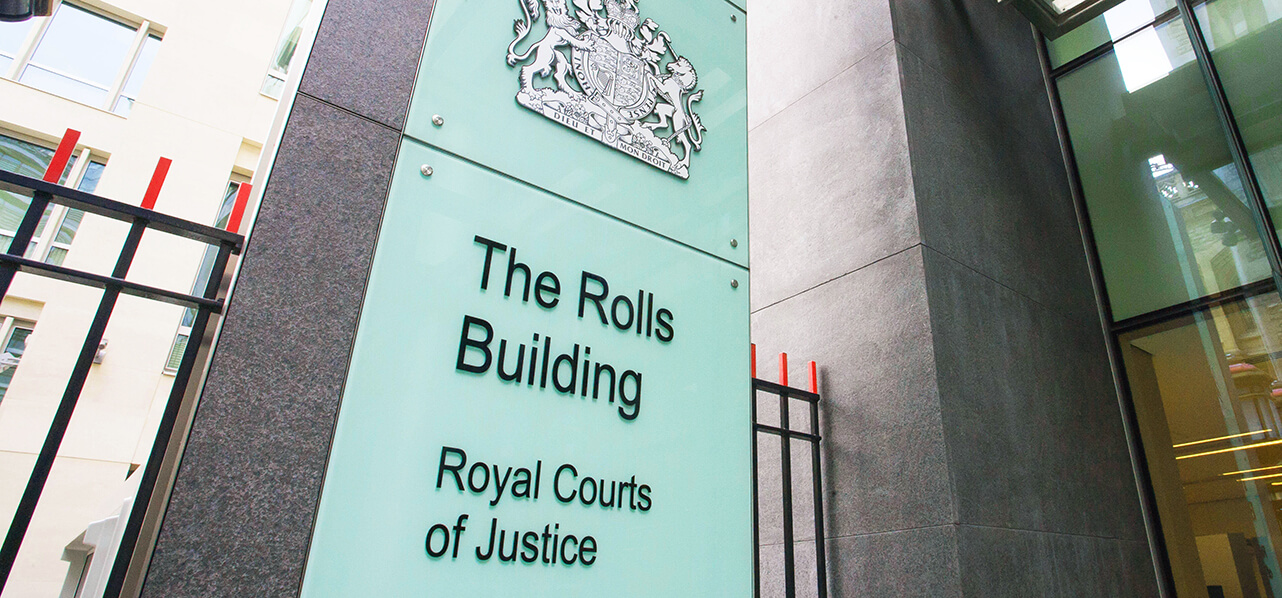With the first Offshore Transmission Owner (OFTO) licence granted in March 2011 (connecting the Robin Rigg offshore wind farm to Great Britain’s (GB’s) national grid), and a total of 20 granted over the last decade, it seems a good time to take a step back to re-evaluate the regime. What were the aims of and hopes for the regime when it was launched? What has it delivered and where are we now? Has the regime met its aims, and is it still fit for purpose in 2020?
We will start with a history lesson, looking back at the initial aims of the regime as envisaged by Ofgem and the Department for Business, Energy and Industrial Strategy (BEIS) – in its various incarnations as DTI, BERR, and DECC – and set out in their consultations from 2007 to 2009. A series of articles will follow exploring different aspects of the regime, including analysis of the lessons learned from what worked well, what worked less well, and perhaps a wish list for the future of the regime.






